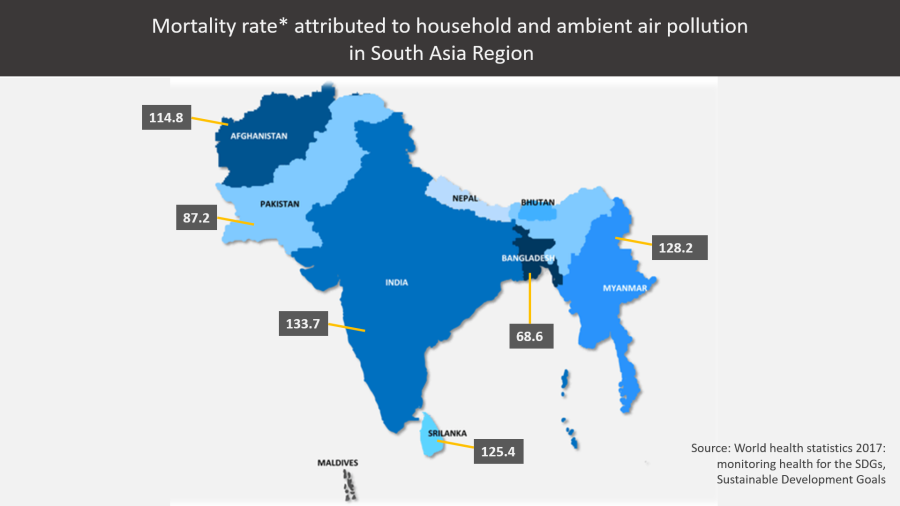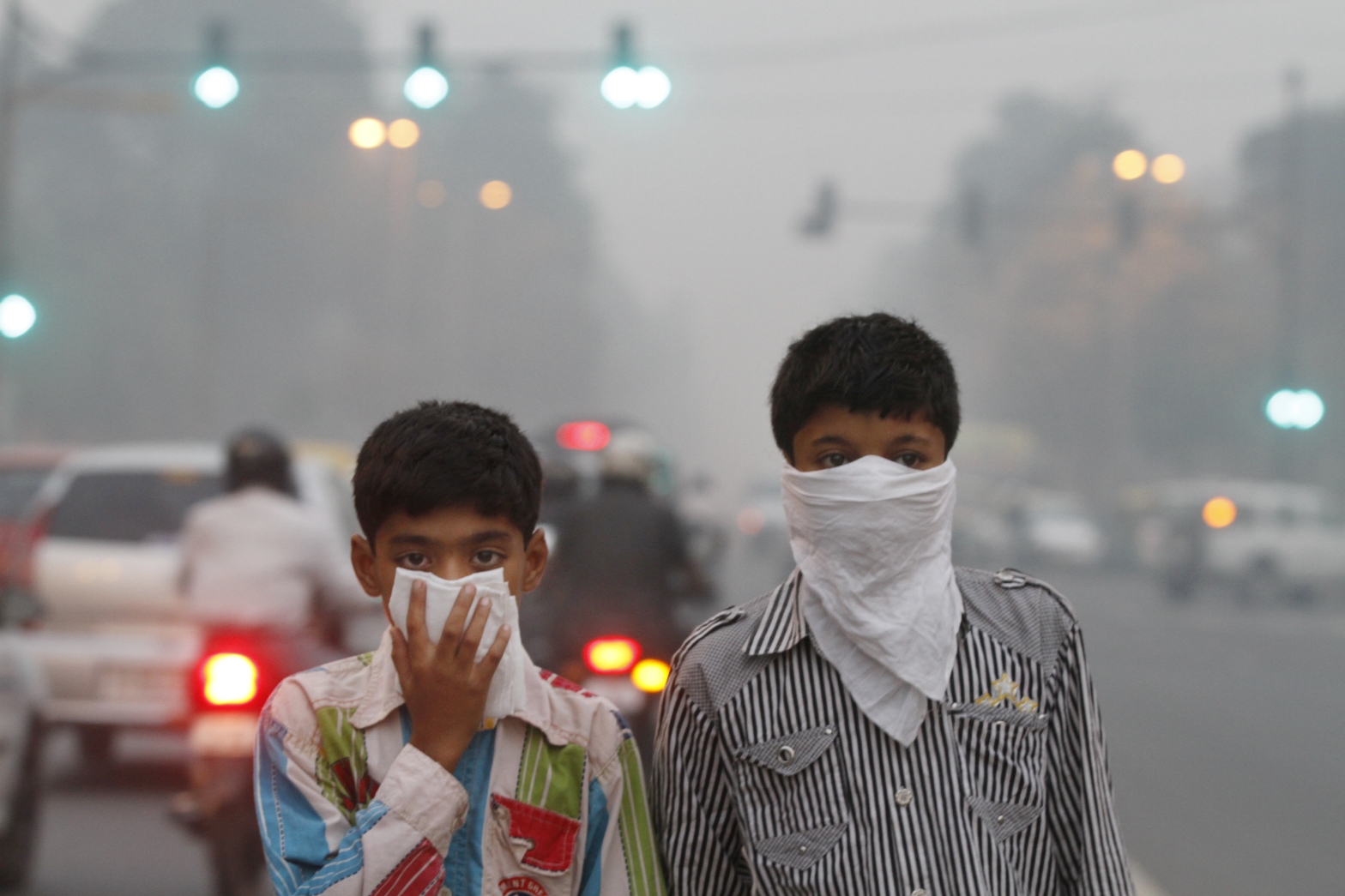Around 3 billion people still heat their homes and cook using solid fuels (that is, using wood, crop wastes, charcoal, coal or dung) in open fires and leaky stoves. The use of such inefficient fuels and technologies leads to high levels of household air pollution. In 2012, such household air pollution caused 4.3 million deaths globally. Women and children are at particularly high risk of disease caused by exposure to household air pollution, accounting for 60% of all deaths attributed to such pollution.

In 2014, 92% of the world population was living in places where WHO air quality guideline standards were not met. Outdoor air pollution in both cities and rural areas was estimated to have caused 3 million deaths worldwide in 2012. Some 87% of these deaths occurred in Low-middle income countries. Jointly, indoor and outdoor air pollution caused an estimated 6.5 million deaths (11.6% of all global deaths) in 2012.
Unsafe water, unsafe sanitation and lack of hygiene also remain important causes of death, with an estimated 871 000 associated deaths occurring in 2012. Such deaths disproportionately occur in low-income communities and among children under 5 years of age. Although 6.6 billion people used an improved drinking-water source in 2015 the coverage of safely managed drinking-water services remains low, with preliminary estimates of 68% coverage in urban areas and only 20% in rural areas. Around one third of the world population (32%) did not have access to improved sanitation facilities in 2015, including 946 million people who practised open defecation. An estimated 108 000 deaths were caused by unintentional poisonings in 2015. In LMIC, pesticides, kerosene, household chemicals and carbon monoxide are all common causes of such poisoning. In high-income countries, the substances involved primarily include carbon monoxide, drugs, and cleaning and personal-care products in the home. The number deaths attributed to this cause are highest among children under 5 years of age and among adults aged 60 years or older. Mortality rates are also higher among men than among women across all age.
All data is sourced from: World health statistics 2017: monitoring health for the SDGs, Sustainable Development Goals

